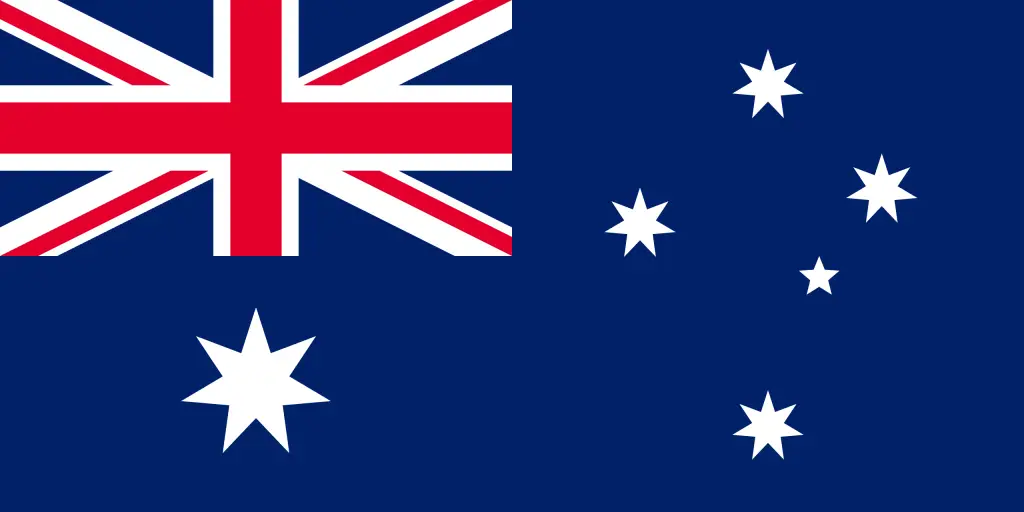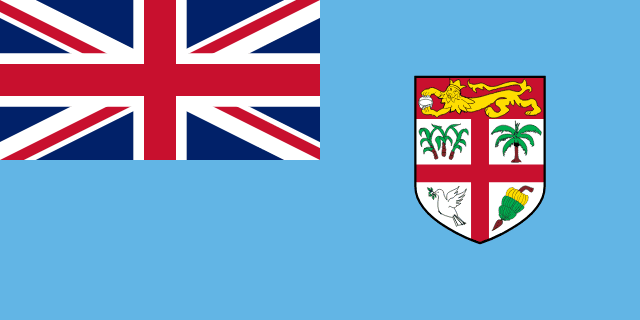Country Information
| Sovereign State | Yes |
| Country Codes | VU, VUT, 548 |
| Official Name | Republic of Vanuatu |
| Continent | Oceania |
| Capital | Port Vila |
| Government Type | Parliamentary Republic |
| Currency | Vanuatu Vatu (VUV) |
| Calling Code | +678 |
| Member Of | United Nations, Commonwealth of Nations, Pacific Islands Forum |
| Population | Approximately 307,815 |
| Total Area | 12,189 square kilometers |
| Highest Point | Mount Tabwemasana (1,877 meters, 6,158 feet) |
| Lowest Point | Pacific Ocean (0 meters, 0 feet) |
| GDP Per Capita | USD 3,100 |
| Life Expectancy | Around 72 years |
| Internet TLD | .vu |
Vanuatu National Anthem
Yumi, Yumi, Yumi
We, we, we are happy to proclaim
We, we, we are the people of Vanuatu
God has given us this land; this is our land
We are grateful for it, we are grateful for it
Flags of Neighboring Countries




History of the Vanuatu Flag
The flag of Vanuatu, adopted on February 13, 1980, is a symbol of the nation’s struggle for independence and its cultural heritage. The flag’s design reflects the country’s unique identity, distinct from its colonial past.
The Y-shaped pattern represents the chain of islands that make up the nation, symbolizing unity in diversity. The black field with a yellow-fringed boar’s tusk encircling two crossed namele fern fronds is a traditional symbol of prosperity and peace. The boar’s tusk, an important cultural emblem, signifies wealth and status, while the namele fronds are considered a symbol of peace.
The flag’s colors are also deeply symbolic. The red represents the blood of boars and the men who fought for freedom, the green signifies the richness of the islands, and the black the ni-Vanuatu people. The yellow symbolizes Christianity, which played a significant role in the nation’s history.
The flag’s adoption marked a significant moment in Vanuatu’s history, replacing the flags of its colonial rulers, France and the United Kingdom. It embodies the nation’s journey towards independence, achieved on July 30, 1980, and reflects the aspirations and values of its people. The Vanuatu flag is a powerful symbol of national pride, representing the country’s sovereignty, cultural heritage, and unity.

